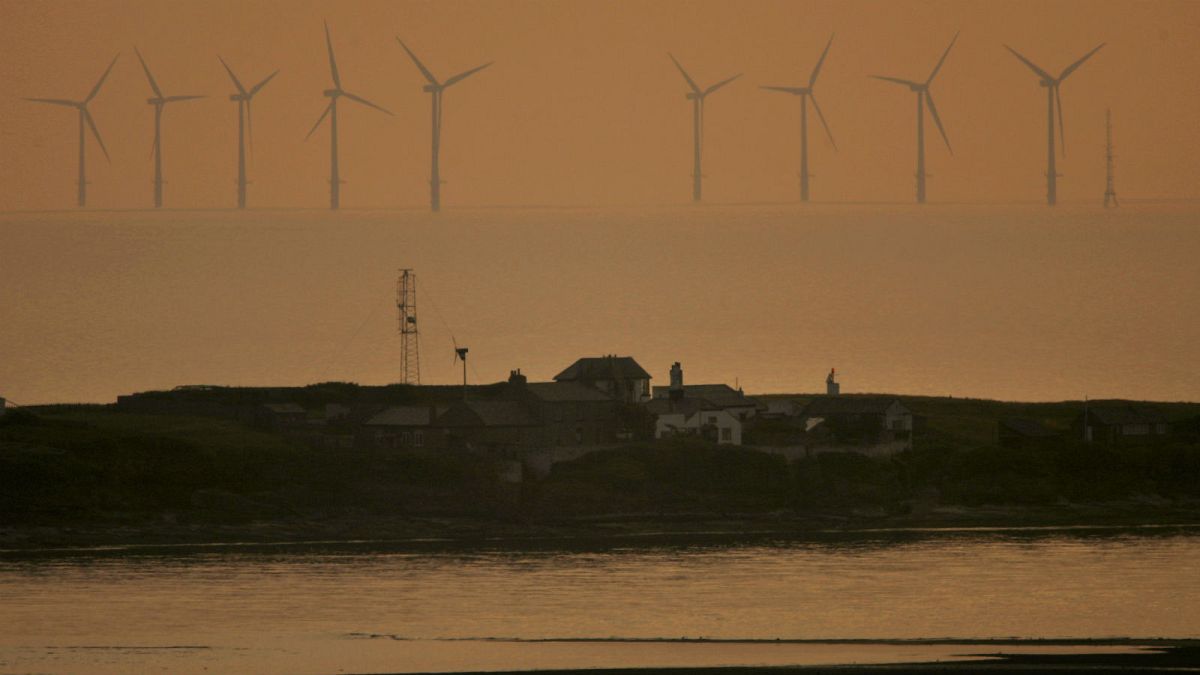The UK and Germany are leading Europe’s charge towards using more and more sea-based wind power.
The UK and Germany led the way as Europe powered-up a record amount of offshore wind energy last year, it’s emerged.
Countries installed 3.1 gigawatts of new sea-based renewable power, making it the continent’s biggest year ever, according to WindEurope.
The industry body says rapidly falling costs means investing in offshore wind is now more attractive.
The vast majority of new power came from the UK and Germany, but France, Finland and Belgium also connected wind farms to the grid.
Among the UK’s new additions was Hywind Scotland, the world’s first floating wind farm, situated off the coast near Aberdeen.
Its turbines, tethered to the seabed, can be moved to deeper waters than conventional wind farms, allowing them to be moved to more productive locations.
WindEurope says despite the hike in new capacity, investments in offshore wind dropped to €7.5 billion in 2017, down from €18.2 billion the year before. Falling costs is said to be one of the reasons for the tumble.
Giles Dickson, CEO of WindEurope, said: “Offshore wind is now a mainstream part of the power system. And the costs have fallen rapidly. Investing in offshore wind today costs no more than in conventional power generation.
“It just shows Europe’s ready to embrace a much higher renewables target for 2030. 35% is easily achievable. Not least now that floating offshore wind farms are also coming on line.
“We’ll see further growth in 2018 and 2019. But the longer term outlook for offshore wind is unclear. Very few countries have defined yet what new volumes they want to install up to 2030.
“The National Plans governments are preparing under the Clean Energy Package will tell us more.
“The message to Governments as they prepare their plans is ‘go for it on offshore wind’: it’s perfectly affordable and getting cheaper still; it’s a stable form of power with increasing capacity factors; and it’s ‘made in Europe’ and supports jobs, industry and exports.”
